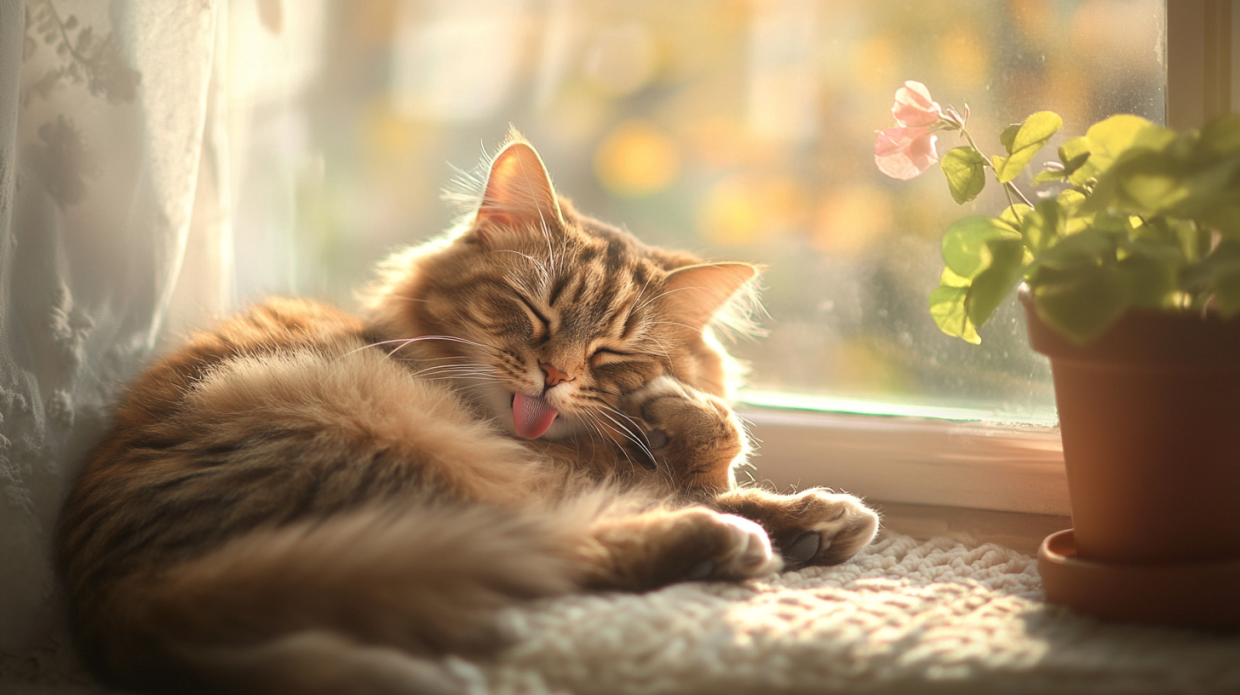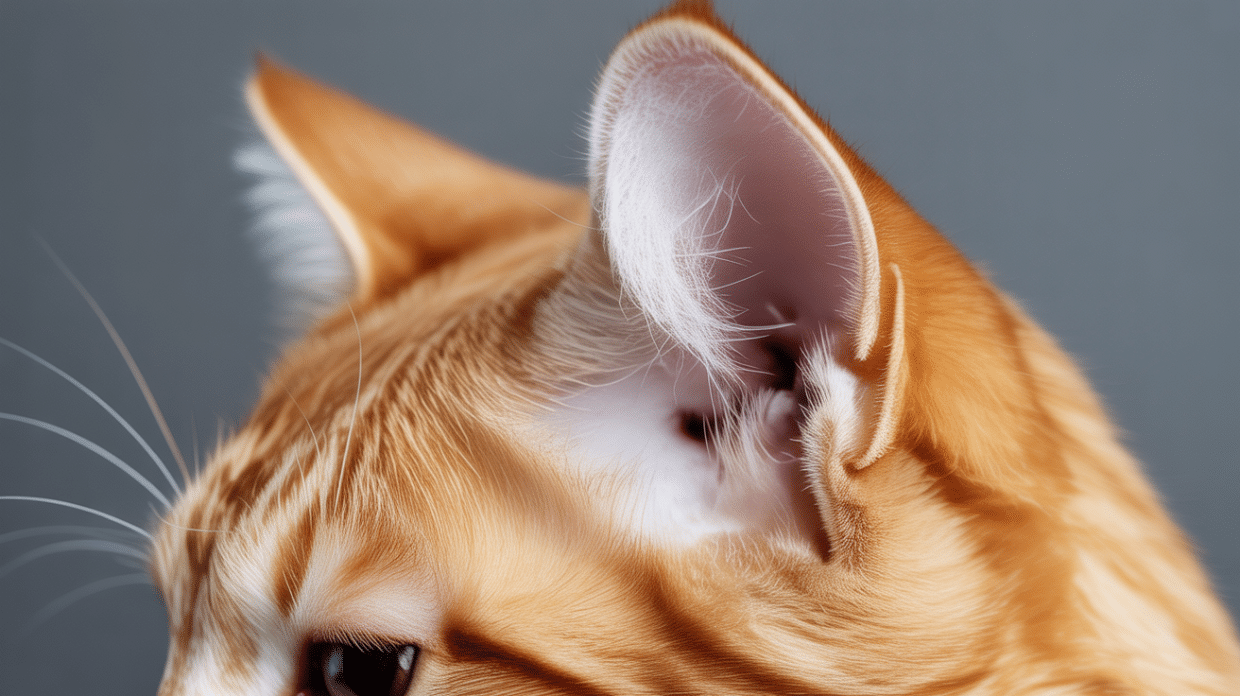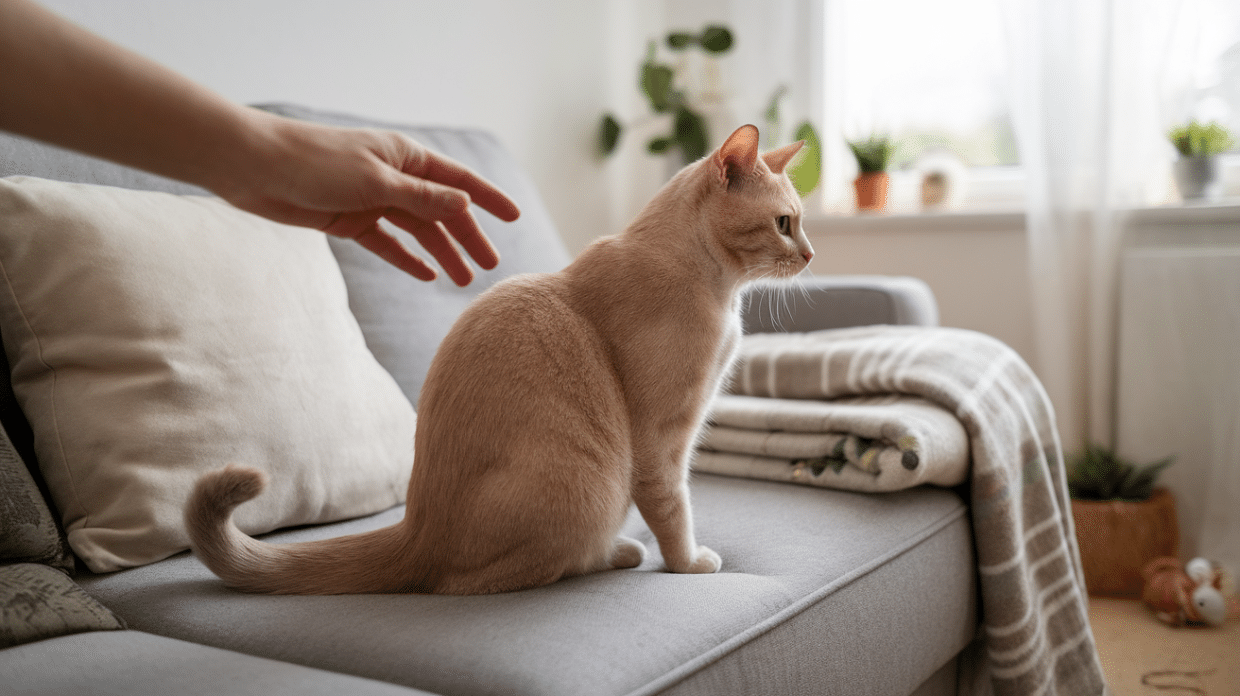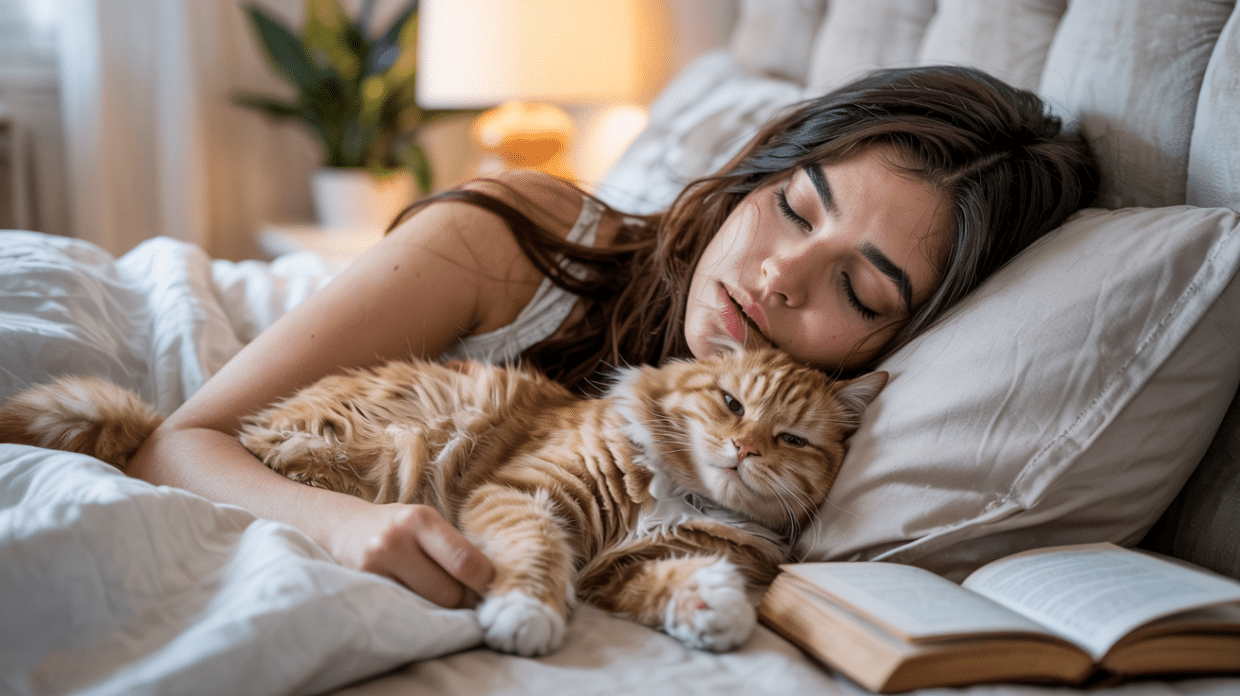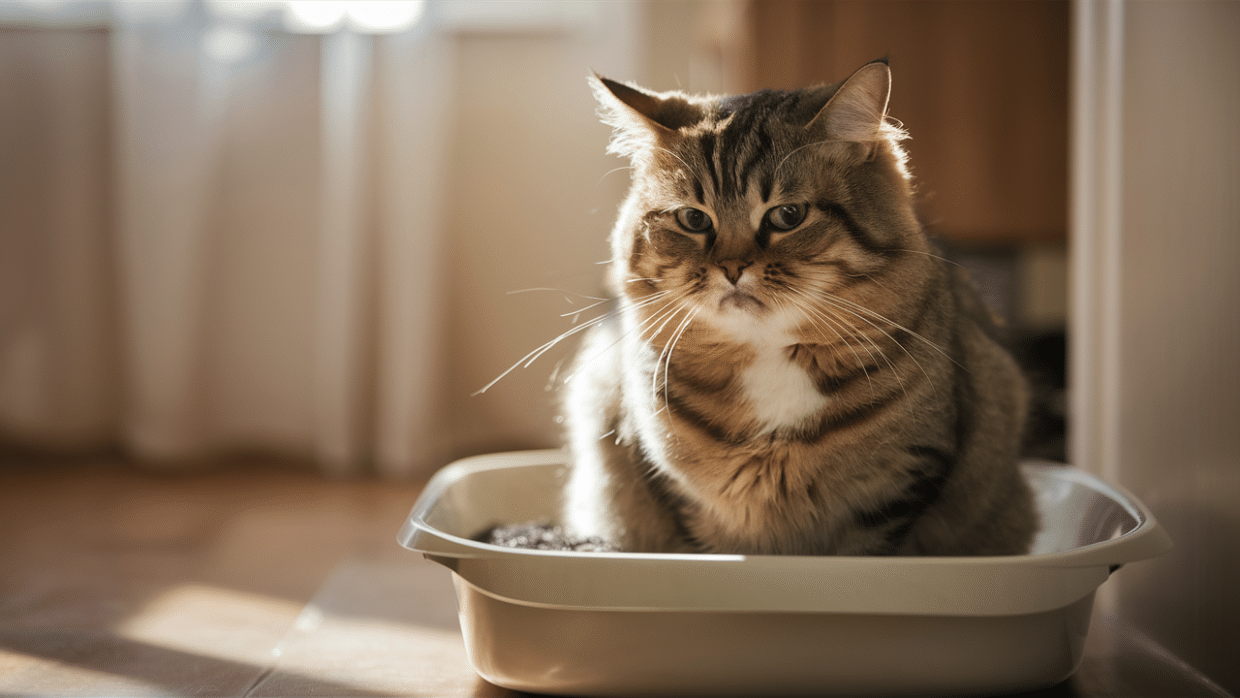Ever watched your cat spend what seems like hours licking themselves and wondered what’s going on? You’re not alone! Those quirky cleaning sessions are actually a glimpse into your pet’s health, emotions, and instincts.
In this blog, we’ll take a closer look at why cats are such dedicated cleaners. You’ll learn about the benefits of licking, how it helps your cat feel good emotionally, and when you should step in and help. You’ll also find some simple tips to support your cat’s cleaning routine.
By understanding what’s behind your cat’s grooming habits, you’ll be better able to spot when something might be wrong and know how to keep your kitty happy, healthy, and clean!
What is Cat Grooming?
Cat grooming is the natural cleaning process cats do to keep themselves tidy and healthy. Cats are known for being clean animals who spend a big part of their day washing themselves.
This behavior helps them stay clean, control body temperature, and bond with other cats.
The Basics of Self-Grooming
Cats clean themselves using their tongues, teeth, and paws as natural tools. Their tongues have tiny backward-facing bumps called papillae that work like a comb to pull out dirt and loose fur.
When washing, cats also use their paws as small washcloths to clean hard-to-reach spots like their face and ears.
When it Begins
Grooming starts very early in a cat’s life, usually when they’re about two weeks old.
Mother cats teach their kittens how to groom by cleaning them and showing them the right way to do it. As kittens grow, they practice these skills, and many cats will even help clean each other, a sweet behavior called mutual grooming.
Reasons Cats Groom Themselves
When you watch your cat spend hours licking and cleaning themselves, it’s not just being picky. Grooming is a key part of their daily routine that serves many important needs.
Let’s look at why your furry friend is so focused on staying clean.
For Hygiene and Skin Health
Your cat cleans up regularly to get rid of dirt, loose fur, and any tiny bugs that might be in their coat. When they lick, they make their skin produce natural oils that spread through their fur.
This keeps their coat shiny and helps water roll right off. It’s like your cat has their own built-in shampoo and conditioner. Regular grooming also stops their fur from getting tangled and matted.
For Temperature Regulation
On hot days, your cat uses grooming as a cooling system. When they lick their fur, the wet saliva evaporates just like sweat would on your skin, helping them cool down.
A clean, well-kept coat also lets air move better around their skin. This helps your cat stay comfortable whether it’s hot or cold outside – pretty smart, right?
For Injury Care and Pain Management
When your cat gets a small cut or scrape, you might notice them licking the spot. Their rough tongue can clean the area, though too much licking can sometimes cause problems.
If you see your cat focused on licking one spot, especially a joint or certain area, they might be hurting. Cats often lick places that are sore or painful, which could be a sign of arthritis or other issues.
To Hide Their Scent
Your little hunter has kept some wild instincts. Cats in the wild need to stay hidden from bigger animals that might see them as dinner.
By cleaning themselves after eating, they wash away food smells that could give away their location. Even though your house cat doesn’t need to worry about predators, it still follows this ancient cleaning habit.
The Emotional Side of Grooming
Cats aren’t just clean freaks for physical reasons – grooming plays a big part in how they feel emotionally, too. Your cat’s cleaning routine does more than just keep them looking good – it helps their mental health in several important ways.
Let’s look at how grooming connects to your cat’s feelings and social life.
Grooming as a Calming Mechanism
When your cat seems stressed or anxious, you might notice they start washing themselves more often. This isn’t a coincidence. Grooming actually helps cats calm down when they’re feeling nervous or upset.
Think of it as their version of taking deep breaths or counting to ten.
When your home gets noisy or something changes in their routine, your cat might start licking away to help themselves feel better. It’s their natural way of coping with stress and finding comfort in an upsetting situation.
Grooming as a Social Tool
Have you seen cats licking each other? This sweet behavior (called allogrooming) is how cats build friendships and show they care.
When cats clean each other, they’re saying, “you’re part of my family.” This mutual grooming creates a shared scent that tells other animals, “we belong together.”
Your cat might even try to groom you sometimes with little licks on your hand or face. That’s a huge compliment – it means they see you as part of their trusted circle and want to include you in their bonding ritual.
Grooming for Pleasure
Sometimes, your cat simply grooms because it feels good. Just like how getting a massage or taking a warm shower feels nice to you, the act of grooming can be very pleasant for cats.
The rhythmic licking can be soothing and relaxing.
You might notice your cat looking blissful while cleaning themselves, especially when it’s in a safe, comfortable spot. This kind of grooming is all about self-care and enjoyment – your cat is treating themselves to something that makes them feel good.
When Grooming Becomes a Concern
While grooming is natural and healthy for cats, sometimes it can signal problems that need your attention. Your furry friend’s grooming habits can tell you a lot about their health and happiness.
Here’s how to spot when normal cleaning crosses into concerning territory.
Over-Grooming and Compulsive Behavior
Has your cat started grooming so much that they’re losing fur? This isn’t just being extra clean – it’s a sign that something might be wrong. Watch for bald patches, red skin, or sores from too much licking. Your cat might even wake up from sleep just to groom, or get upset if you try to stop them.
Many things can cause this behavior. Your cat might be stressed by a new pet, a move, or changes at home. Some cats have skin issues from fleas or allergies that make them itch like crazy. Cats who lost their moms too early sometimes miss learning normal grooming limits.
If you notice your cat licking themselves raw, please don’t wait to get help. Without treatment, they can develop a condition where stress causes serious hair loss. Your vet can find out what’s causing the problem and suggest ways to help your cat feel better.
Under-Grooming and Health Red Flags
A cat who stops grooming or doesn’t clean well enough is also sending you an important message.
If your usually tidy kitty suddenly looks messy with a dull, oily coat or matted fur, pay attention. You might also notice an unpleasant smell, food stuck in their fur, or stains around their back end.
Cats might stop grooming when movement hurts them. Older cats with stiff, achy joints from arthritis often can’t reach all their body parts. Dental pain can also make grooming too uncomfortable. Sometimes, cats who are feeling sick don’t have the energy to keep up with cleaning.
Some cats who weren’t taught proper grooming as kittens never learned how to do it well.
When your cat stops their cleaning routine, it’s time for a vet visit. Your vet can check for health problems and suggest ways you can help. This might mean gentle brushing, special cleaning wipes, or treatments for the underlying issue making grooming difficult.
How You Can Support Your Cat’s Grooming
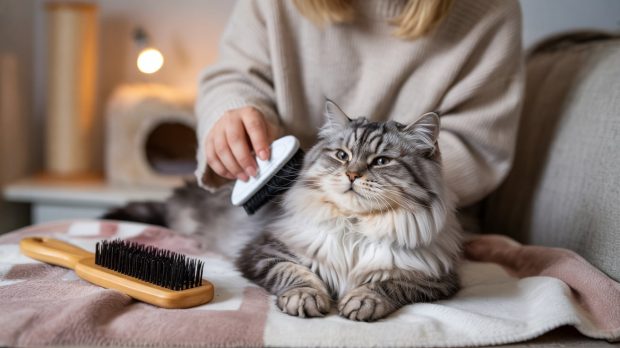
Your cat works hard to stay clean, but sometimes they can use a helping hand from you. Even the most skilled feline groomers appreciate some extra support, especially as they get older.
Here are simple ways you can pitch in with your cat’s cleaning routine.
Brushing and Bathing
Giving your cat a gentle brush can be a special bonding time for both of you. Short-haired cats might only need a quick brush once a week, while your fluffy, long-haired friend will thank you for more frequent help.
Brushing catches loose fur that might otherwise end up as hairballs or all over your couch.
Most cats aren’t big fans of water, but some actually enjoy a quick dip. If your cat gets into something sticky or smelly, a bath might be needed. Go slow, use warm water, and keep treats handy to make it a positive time.
Monitoring Grooming Patterns
Keep an eye on how your cat grooms themselves. A sudden change might be the first clue that something’s off. Is your usually clean cat looking messy? Or is your casual groomer suddenly cleaning nonstop?
These changes can signal health issues before other symptoms show up.
Regular vet check-ups help catch problems early. Your vet can spot issues you might miss and give advice on how to support your specific cat’s grooming needs.
Conclusion
Now you know there’s so much more to your cat’s grooming than just staying clean.
Those daily cleaning sessions are a mix of health care, emotional comfort, and social bonding, all wrapped up in one natural behavior.
By paying attention to how and when they groom, you’re actually learning their secret language. This knowledge gives you a special window into their well-being that many pet owners miss.
Remember, your role in supporting their grooming routine matters too. A little help with brushing or noticing changes early can make a big difference in your cat’s life. It shows your cat just how much you value them as the special family member they are.
For more such pet-related blogs, visit our website and learn more!

